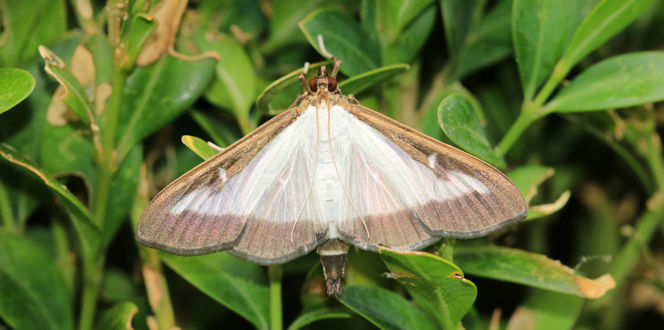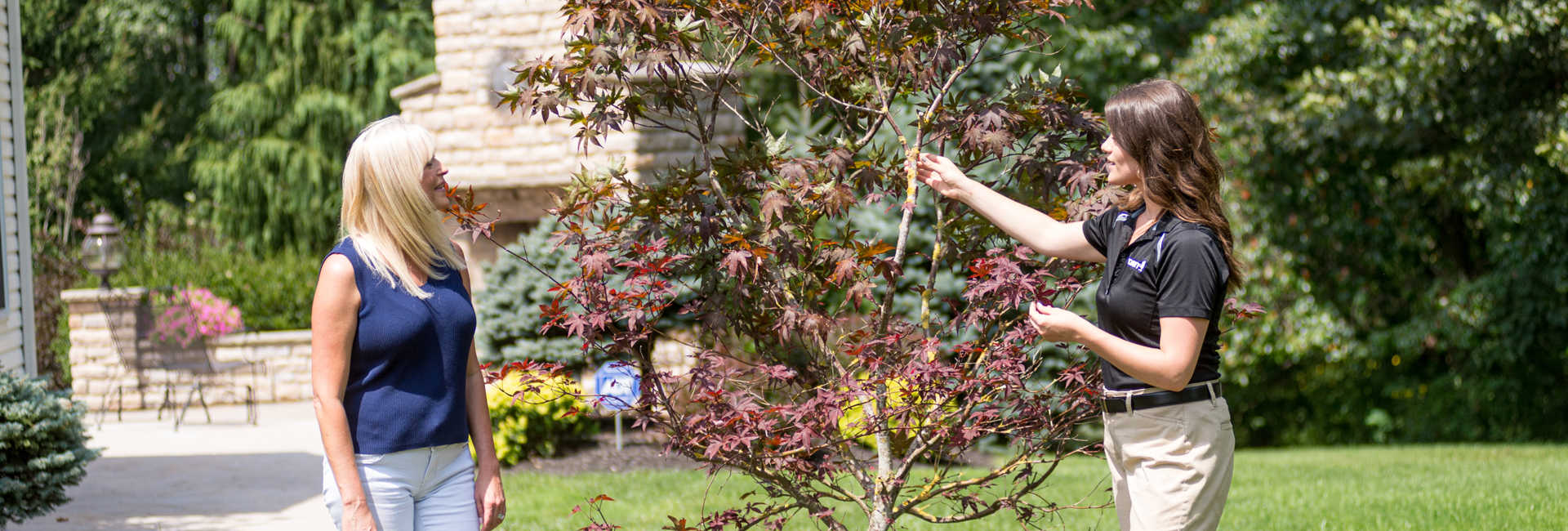Lethal Bronzing Of Palms Description:
Formerly called Texas Phoenix Palm Decline, lethal bronzing of palms is a disease caused by a phytoplasma, which is a bacterium-like organism. Once symptoms appear, infected trees die. If the leaf spear has not died and surrounding palms appear healthy, there are preventative measures which can be taken.
Hosts:
Identified in Florida in 2006, lethal bronzing of palms has spread quickly. Susceptible palms include the edible date, Canary Island date, Christmas, Chinese fan, Windmill, Pygmy, Pindo, Wild date, Fiji fan, Queen, Buccaneer, Carpentaria, Coconut, Bismarck and Cabbage (Sabal) palms, among others.
Biology & Symptoms:
Lethal bronzing of palms is spread by a vector known as American palm cixiid, Haplaxius crudus, and is a type of planthopper that injects phytoplasma through their saliva. The pathogen damages the plant’s vascular system. Wilting and death occur within weeks or months. Early signs of infection are premature fruit drop. Green lower to middle fronds turn yellow to bronze and become dry and crispy. The spear leaf (new unfolded frond) dies and appears missing when viewing the canopy.
Management:
Once infected, removing the tree is the only solution. Palms that are still healthy may be protected by injecting them with a combination of preventative antibiotics, fungicides, insecticides, and fertilizer.
Sterile drill bits are used to drill holes in tree trunks, so antibiotics and other products can be injected. Treatments will combat bacterial and fungal infections along with controlling vector activity within treated palms. This may protect healthy trees that would be expensive to replace.
Sampling trees growing near diseased trees can also help manage lethal bronzing. Trees can appear healthy, even though they have already been infected. The sooner they are identified, the sooner they can be removed and destroyed to help prevent the spread of the disease.





